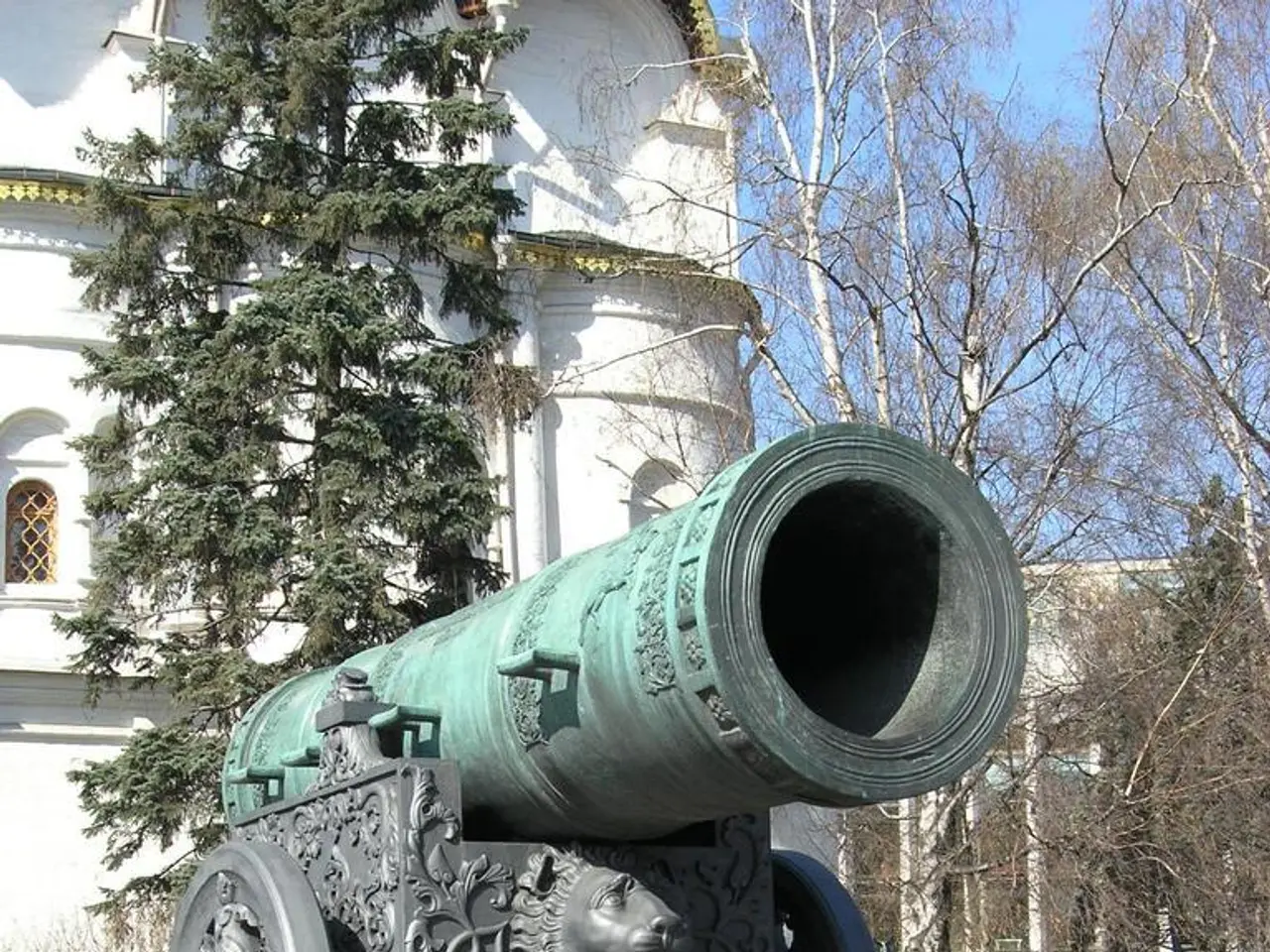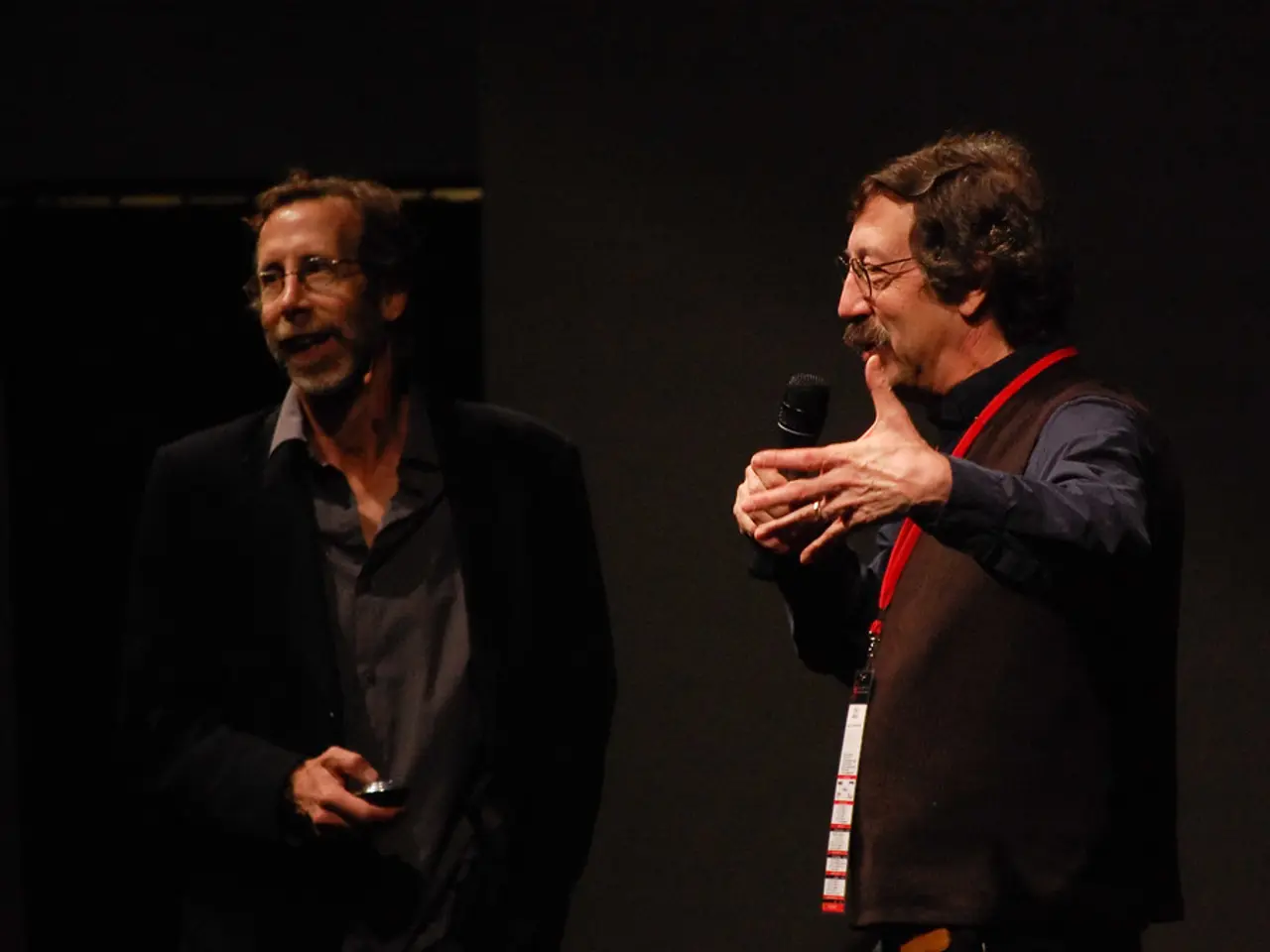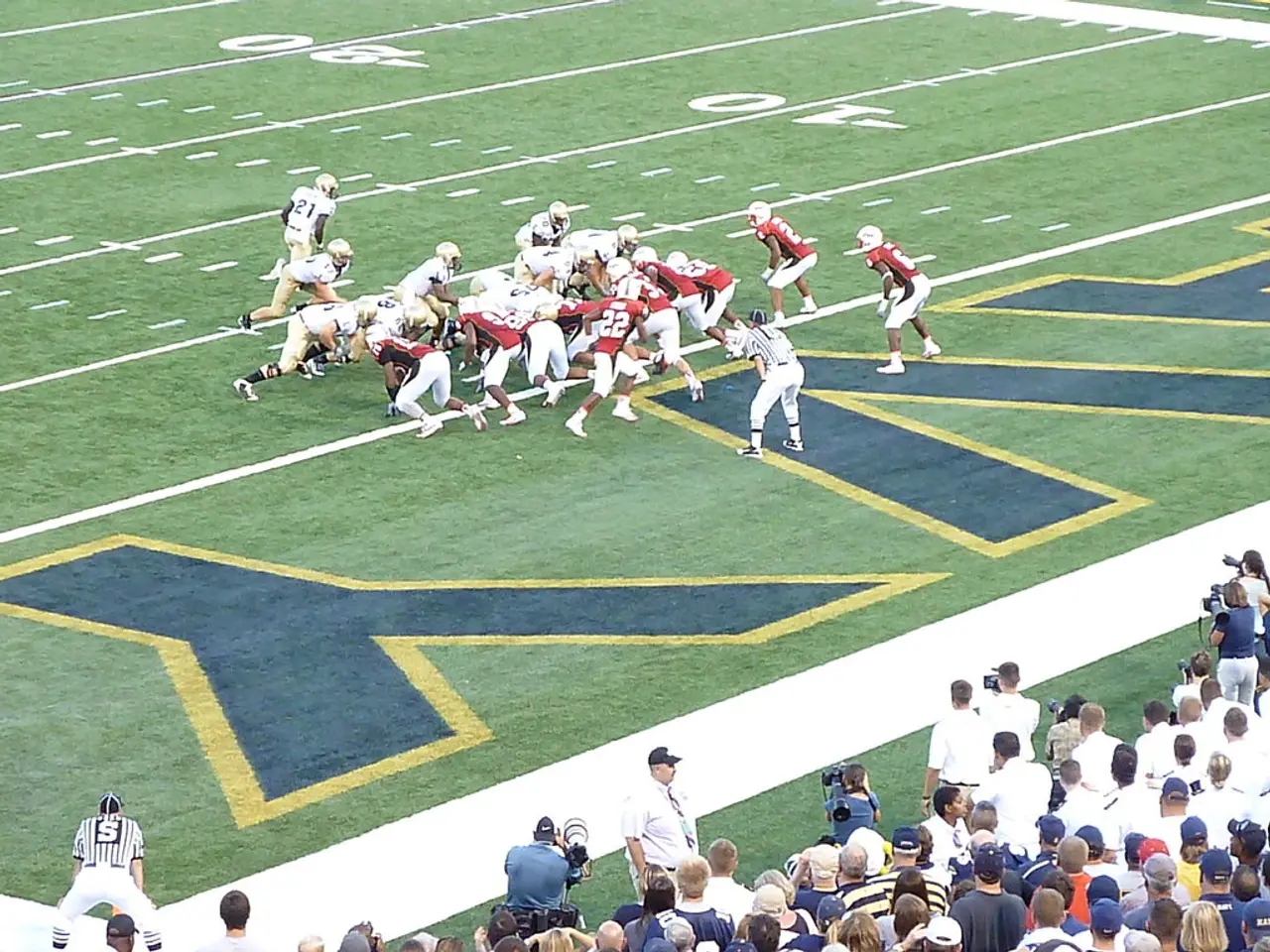Siege on the Immortal Spirit
A Dark Chapter in Ukrainian History: The Executed Renaissance
In the heart of the 1930s, a brutal campaign of repression unfolded in Soviet Ukraine, targeting the nation's intellectual and cultural elite. This period, known as the Executed Renaissance, saw hundreds of Ukrainian poets, artists, intellectuals, and scholars fall victim to a calculated effort to annihilate the spirit of Ukrainian culture and identity [1][4].
The Soviet regime did not merely attack individuals but aimed to destroy the idea of Ukrainian identity itself. Key cultural figures, as well as traditional carriers of collective memory such as the kobzars (blind minstrels playing the kobza instrument), were singled out for extermination [1]. The kobzars, who preserved Ukrainian history and identity through song, were seen as “incorrigible nationalists” because their work conflicted with Soviet goals. A chilling example of this is the event in 1930, where over three hundred kobzars were gathered under the pretext of attending a Soviet congress, only to be taken to a forest and executed [1].
Through this campaign and related purges (part of the broader Great Purge), Soviet authorities sought to eradicate leaders capable of mobilizing Ukrainian cultural resistance, effectively halting the flourishing of Ukrainian literature, arts, and scholarship during that era [1][3][4].
The Executed Renaissance was part of a broader Soviet policy of forced Russification and cultural erasure, reflecting a systemic denial of Ukraine as a distinct nation. Modern analyses draw parallels between these historical Soviet policies and contemporary Russian efforts to suppress Ukrainian identity [2]. The Executed Renaissance remains a profound symbol of the assault on Ukrainian culture and national consciousness under Soviet rule.
| Aspect | Description | |---------------------------|---------------------------------------------------------------------------------------------| | Time period | 1933–1938 mainly, part of 1930s Soviet repression | | Targeted group | Ukrainian poets, artists, intellectuals, scholars, and cultural carriers (kobzars) | | Aim | To destroy Ukrainian cultural leadership and suppress the national identity | | Method | Executions, imprisonment, forced silence, cultural erasure | | Legacy | Symbol of Soviet repression of Ukrainian identity; precursor to Ukrainians’ resistance and later independence movements [1][4] |
The Executed Renaissance was a devastating chapter that not only eliminated a generation of Ukrainian cultural figures but also served as a cornerstone in the Soviet strategy to erase Ukrainian nationhood. This was a cultural replacement, not just censorship, as Stalin aimed to ensure future generations never heard Ukraine's voice. The language of government, prestige, and opportunity in the Ukrainian Soviet Socialist Republic was Russian.
Ukraine's spiritual posture distinguishes it from the imperial theology of the Russian Orthodox Church (Moscow Patriarchate), which has sanctified war, conquest, and Russian supremacy. The war in Ukraine has awakened a global ecumenical movement of solidarity, with churches across Europe, North America, and beyond seeing Ukraine's struggle as a test of faith, freedom, and truth. Despite decades of attempted erasure, Ukraine's churches, languages, and cultural expressions have not only survived but revived. The battle for Ukraine's soul continues, as the nation faces an imperial assault from Putin's Kremlin.
In the wake of the Executed Renaissance, Ukrainian culture sought refuge in alternative forms of expression, such as books and entertainment, as a means to preserve their identity against the oppressive Soviet regime.
Today, as the war in Ukraine unfolds, news outlets and political discourse are increasingly focusing on Ukraine's struggle, drawing parallels between the historical policies of cultural erasure and contemporary efforts to suppress Ukrainian identity.







